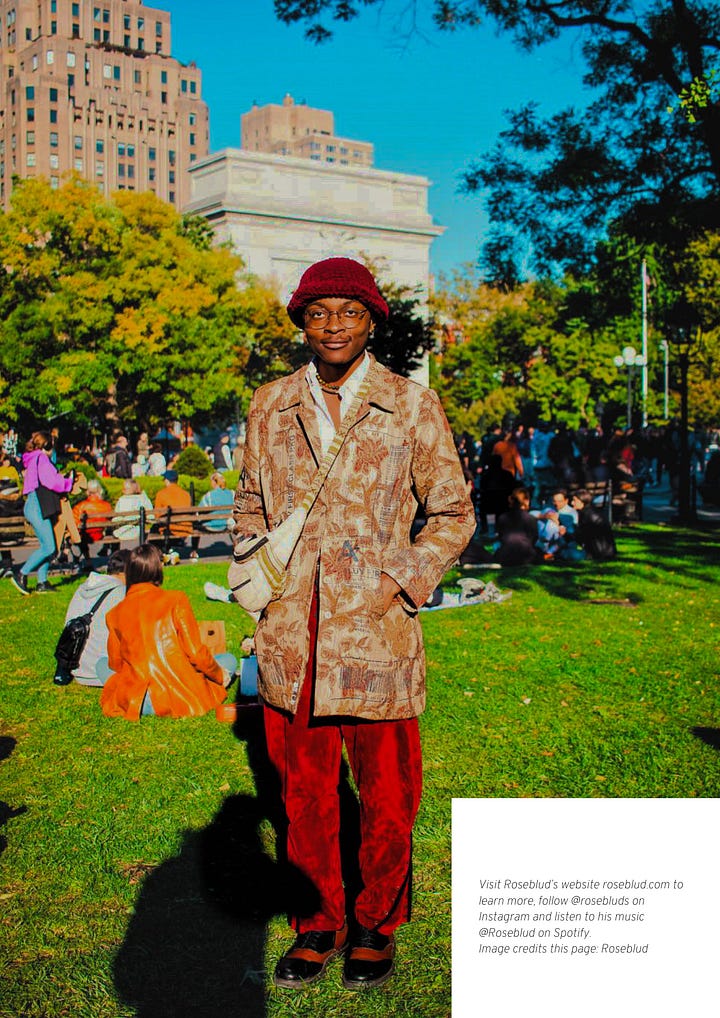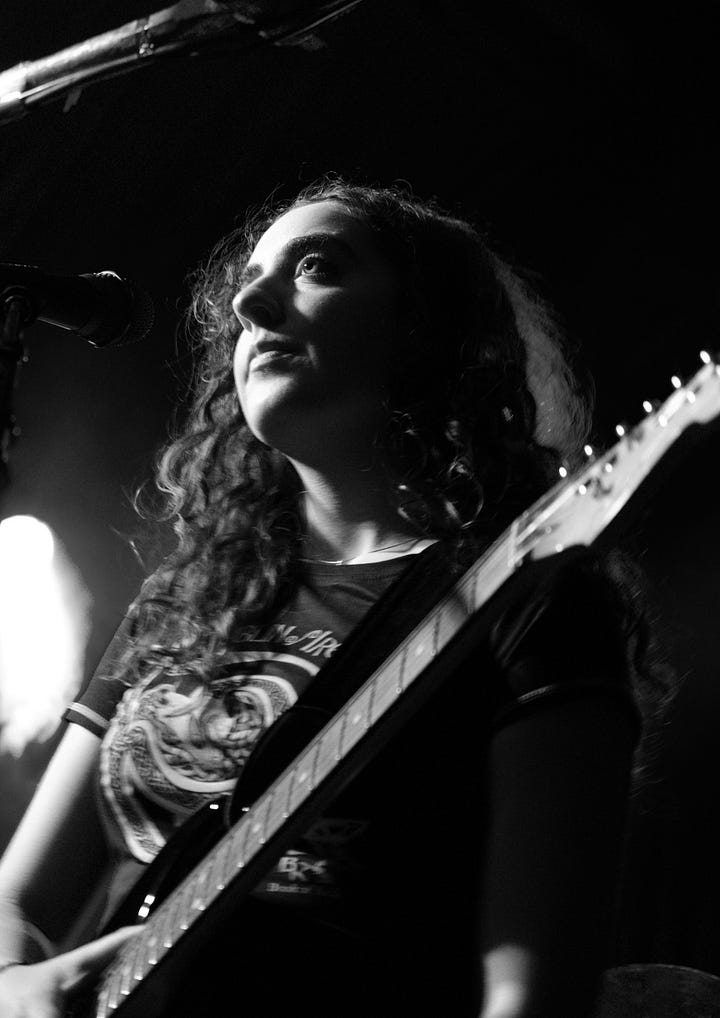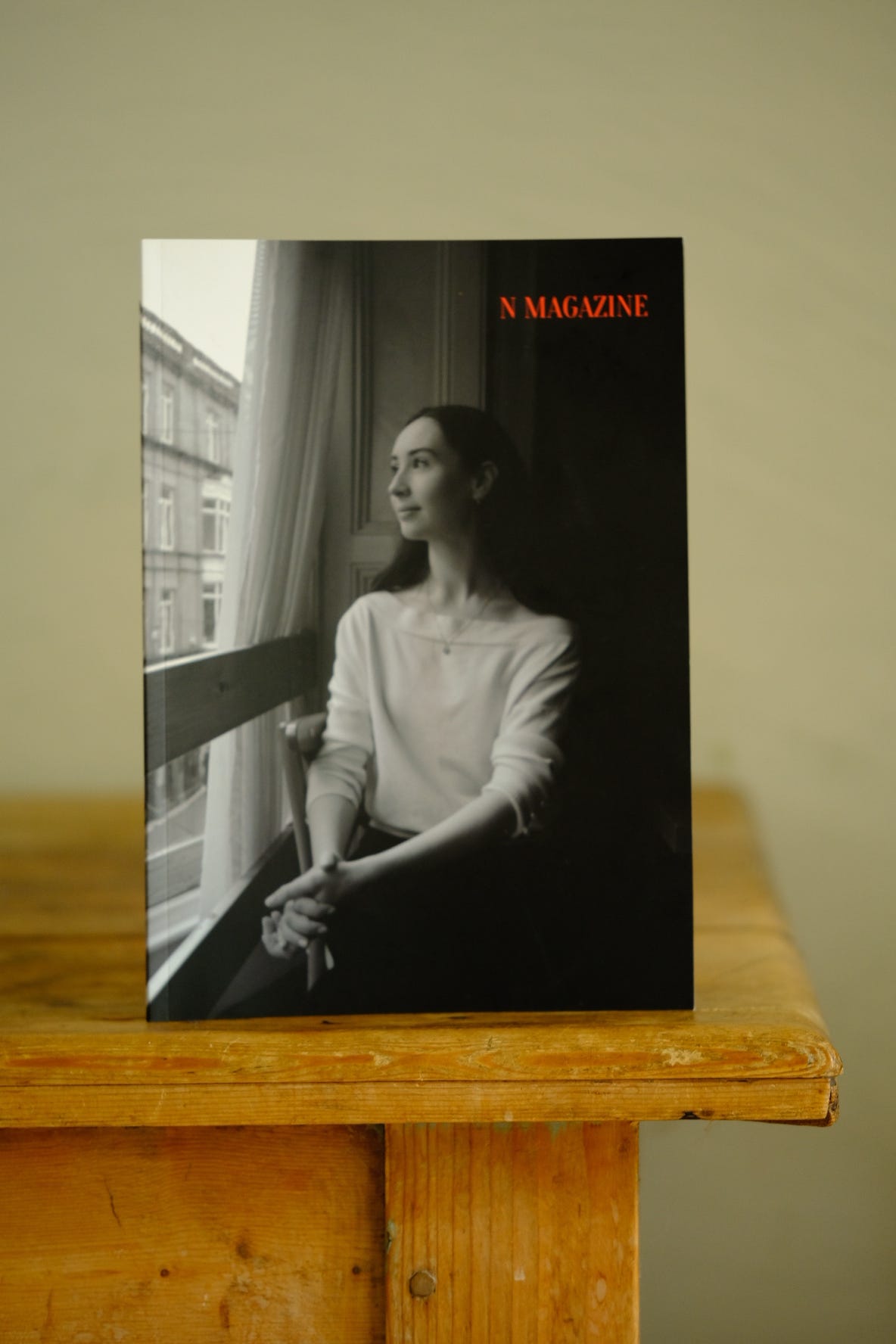The ballerina of my childhood books come to life
An interview with Irish ballerina Niamh O’Flannagain
Ireland actually has quite an illustrious history of ballet.
The founder of the Royal Ballet, Ninette de Valois was born in Wicklow, Monica Loughman from Santry was one of the first Europeans to dance with the Perm State Ballet in Russia and you’ll be happy to learn that Ireland currently has a flourishing ballet scene.
I caught up with the Irish ballerina Niamh O’Flannagain in a quiet Dublin cafe. Graceful, well spoken and long limbed, Niamh is the ballerina of my childhood books come to life.
After four years of training at the prestigious Tring Park School for the Performing Arts, Niamh returned to Ireland and has since danced across the country with Ballet Ireland, in addition to freelance work. Wait a minute, ballerinas freelance? Yes indeed;
Niamh tells me that ballerinas are in high demand in modelling (hint hint slow fashion designers), advertising, music videos and operatic performances.
In addition to studying dance, Niamh also completed a diploma and three A levels simultaneously. With a strict emphasis on professionalism, Niamh’s ballet school achieved a level of practicality to which most university courses could only aspire. As part of the Trinity London Diploma, which was mandatory for dance students at Tring Park, students are educated in nutrition, safe dance practice, choreography and financial skills, including filing taxes.
Upon graduation, Niamh felt well prepared to navigate life as a dancer, an extraordinary feat in the world of education.
Ballet treads the line between an art and a sport, which leads to the question, are ballet companies publicly or privately funded?
Ballet companies and ballerinas gratefully acknowledge the Arts Council of Ireland (an Irish government agency) funding in addition to private and corporate sponsors. Even in Moscow, where it is part of the culture to attend ballet performances, funding for ballet companies can be a tricky thing to navigate year after year.
The goal, of course, is to raise as much funding as possible to stage bigger shows for longer runs, to hire more dancers and to spread the good news about ballet as far as possible.
Now, ballet companies do not necessarily perform year round, but during the season, ballerinas have an intensely physical routine. ‘When we're in rehearsals for production, we usually do Monday through Saturday 10 to six.’
With 40+ of dancing per week, there is a huge calorific demand; when on tour, good food can be difficult to find, with dancers often eating pizzas just to survive!
Though training in sync with women’s cycles has gained popularity throughout the last few years, I was somewhat surprised to learn that ballet has not quite implemented the realisation that hormonal shifts dramatically change a woman’s ability to gain and maintain muscle. We tend to think of ballet as a principally female sport, though, according to Niamh, that is changing, with many gifted male dancers emerging, particularly from Ireland.
Dance, of course, benefits anyone at any age, but the professionals usually start training before the age of five. Say someone had missed that tender age; any chance of becoming a ballerina?
It’s not impossible but it is more difficult to learn the technique. Additionally a lot of physical aspects of being a professional dancer are outside of anyone’s control… for example, the shape of your foot, the rotation of your hips.’
Ballet yields a unique body and brain. Studies have shown that after years of training, dancers adapt to suppress vestibular signals, which allows them to spin without dizziness.
And then the inevitable question of how, HOW do ballerinas stand en pointe…
Perhaps more interesting is the question of how ballerinas find peace at their current level of skill while always striving to improve?
‘I think you just have to find the joy in what you're doing at that moment. You need a certain amount of mental strength not to lose yourself in a mirror attempting to perfect every movement.
You must find a place where you feel like you're constantly growing. Having great people around you also helps!’
In an art form stereotypically characterised by competition, Niamh highlights the collaborative atmosphere of her dance company. In a world of intense training, close friendships are born and when dancers inevitably part to pursue opportunities in other countries, there is the added (and somewhat romantic) advantage of knowing someone in every city.
You see, ballet is quite an international affair; the language of ballet is French, which is quite helpful as the instructions are the same, regardless of where you are.
Having danced in several countries, Niamh has returned to Ireland with a passion for spreading the good news of ballet. As one of a handful of Irish ballerinas, Niamh is rightfully proud of her role and says that the response when people learn about her job is always overwhelmingly positive.
Dancing with Ballet Ireland has provided opportunities to promote ballet throughout Ireland; the winter season is a countrywide tour of classical ballet and the spring season includes a neoclassical series of shows to introduce audiences to a more contemporary style of dance.
Niamh is particularly keen to combat misconceptions that ballet is for a particular audience or demographic. She envisions the democratisation of dance through outreach to a much wider audience; think media articles, social media videos, which can spark an audience’s interest in attending live performances.
And live performances are an essential element in enjoying ballet; in a world compressed beyond belief into a 16:9 ratio, ballet stubbornly remains a real life experience.
Just like a magazine, eh?
You can find Niamh at www.instagram.com/niamhoflannagain/
Want to get your very own print copy of this truly gorgeous magazine?
Worldwide shipping available… and 3 print copies left.
€15 each.
What’s inside this edition of N Magazine… LA rock and roll, Glasgow sunlight, NYC roses and the hottest new Irish fiction… let’s go.












